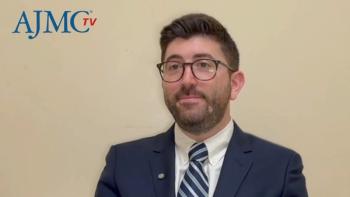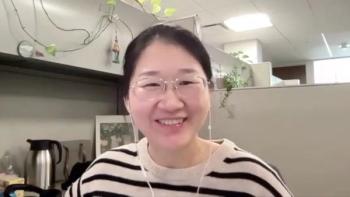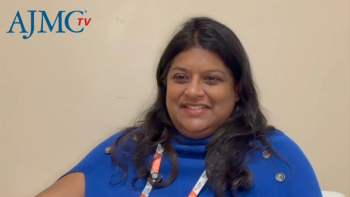
Dr Barbara McAneny Discusses the Effect of OCM's Second Performance Period Results
Practices that did not meet cost-savings goals in either the first or second performance periods of the Oncology Care Model (OCM) will likely leave the program, said Barbara L. McAneny, MD, president of the American Medical Association.
Practices that did not meet cost-savings goals in either the first or second performance periods of the Oncology Care Model (OCM) will likely leave the program, said Barbara L. McAneny, MD, president of the American Medical Association.
Transcript
With the second performance period results, it is estimated that 65% of Oncology Care Model practices are still not meeting cost-saving goals. Do you anticipate practices will roll off the model?
As the Oncology Care Model was originally designed, if you did not develop cost savings then you were pushed off that particular model. You don’t get to continue. So, those practices that did not make savings the first time and now have not the second time, I think we will lose them from the Oncology Care Model.
The other option for practices is to take 2-sided risk. And that, I believe, is very problematic for practices. For several reasons. The first, and probably the most important is that practices do not have reserves or actuaries on staff who can figure out what the risk is of the patients they’re taking. We have no way to control who walks through our door. We take care of everybody. So, the lack of reserves is something that a state insurance commissioner would not allow an insurance company to do. If you want to set up an insurance company in any state, you have to convince the insurance commissioner that if you have a series of patients that are more expensive than you predicted, that you have the reserves to pay that back.
Practices don’t have the ability to do that. And with the OCM including the entire cost of care, there are so many factors that are outside of the control of the practices, that it’s not surprising to me that most practices have not met their targets. And it’s not surprising to me that most practices are not willing to take that risk for things outside of their control.
Newsletter
Stay ahead of policy, cost, and value—subscribe to AJMC for expert insights at the intersection of clinical care and health economics.









































